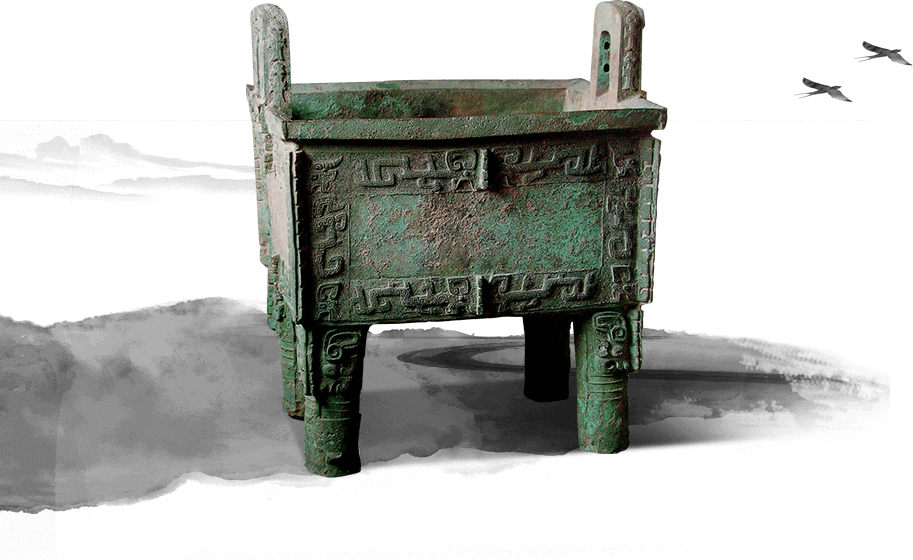- Homestay
- Qi Xin Xiaozhu culture originated
- Qí xīn xiǎo zhù
- Inhabiting
- Tourist
- Butler service
- specialty

The bronzeware of the Shang and Zhou dynasties in China is not only a container for the use of objects, but also a ritual in the temple. The number of bronzes can indicate the status of the status, and the size of the bronze can also indicate the level of power. In bronze, the important class is Ding. Ancient bronzes can be divided into four categories: food, wine, water, and musical instruments. The food utensils include tripods, dragonflies, and the like. Among them, Ding is an important ritual. Simu Wending, also known as the late mother Wu Dafang Ding, the late mother Wu Fangding. The original device was unearthed in Anyang, Henan Province in March 1939. The late mother Wu Ding is a bronze ritual that has been unearthed in the world so far. It enjoys the reputation of “the treasure of the town” and is made by Shang Zugeng for the sacrifice of his mother. The masterpiece of bronze culture during the period is now in the National Museum of China. The name of the mother-in-law is due to the name of the “post-mother” on the inner wall of the diarrhea. The tripod is rectangular, with a mouth length of 112 cm, a mouth width of 79.2 cm, a wall thickness of 6 cm, and an ear height of 133 cm and a weight of 832.84 kg. The thunder is made of thunder and the ground is surrounded by floating dragons and enamel patterns, reflecting the super high craftsmanship and artistic level of Chinese bronze casting. What we are seeing now is a handicraft of the mother.
China is famous in the world of ceremonies, and it is the rule of the people to regulate the behavior of the people. Different combinations of bronzes represent different meanings and become an important carrier of ritual system. This is what we usually call "the ritual." Ding put meat, put food, and the number of Dinghe 簋, according to the identity of the owner, is not used casually. Zhou Lizhong stipulated that the emperor could use Jiuding and Gossip, and the idiom would come from a single word. The princes of the seven Ding six 簋, the Qing doctor used five Ding four 簋, the use of Sanding two 簋, according to the level of high and low and so on, can not be exceeded. Which level are you, you use a few pieces of 鼎, whether it is sacrifice, feast or funeral. In the archaeological process, we found that the Western Zhou Dynasty was very compliant, and the unearthed in the tombs of the princes was the Qi Ding and the Six Dynasties. This is also the embodiment of Zhou Wangwei's world, social stability. In the Eastern Zhou Dynasty, it was chaotic. The princes began to use the Jiudian gossip of the emperor. The kingship was despised, and it was also the time when the rituals were broken.
